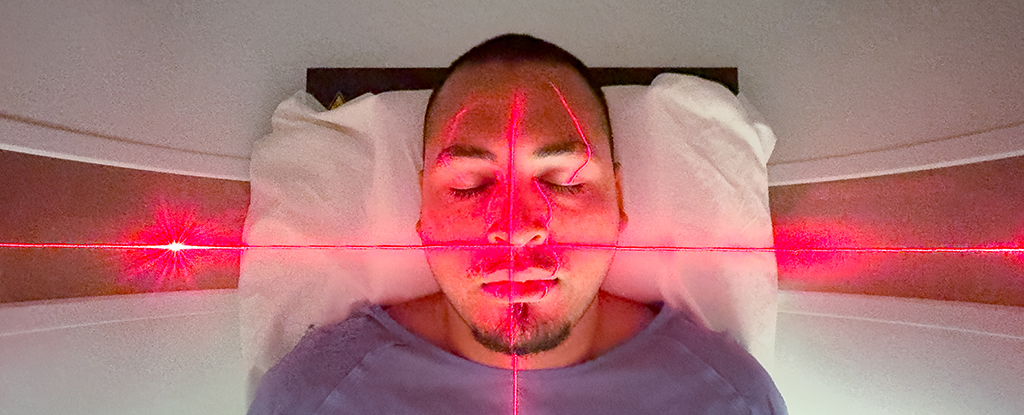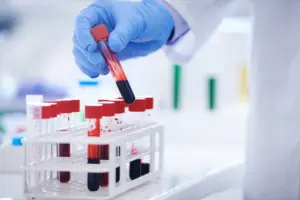
A recent clinical trial conducted in South Korea has revealed that low-dose radiation therapy (LDRT) can significantly reduce pain in patients suffering from knee osteoarthritis, the most prevalent form of arthritis worldwide. The study involved 114 participants and compared the effectiveness of two different doses of LDRT against a sham treatment, which did not involve actual radiation.
The trial, organized by researchers from various institutions in South Korea, found that those receiving the higher dose of LDRT over six sessions reported marked improvements in pain, physical function, and their overall condition. While the study did indicate some evidence of a placebo effect, the results suggest that LDRT may offer a viable option for managing symptoms of osteoarthritis.
Understanding Osteoarthritis and Treatment Options
Osteoarthritis occurs when the cartilage that cushions the joints deteriorates, leading to significant pain and disability. Currently, management options include weight loss to relieve joint pressure and standard pain relief medications. Although LDRT is already utilized in some regions, it has not gained widespread acceptance in the United States, partly due to conflicting data regarding its effectiveness.
Byoung Hyuck Kim, a radiation oncologist at the Seoul National University College of Medicine, noted, “People with painful knee osteoarthritis often face a difficult choice between the risks of side effects from pain medications and the risks of joint replacement surgery.” He emphasized the clinical need for moderate interventions that fall between medication and surgery, suggesting that LDRT could be a suitable alternative, especially for patients who do not tolerate drugs or injections well.
The clinical trial included a sham treatment group to isolate the effects of LDRT and imposed restrictions on pain relief medication usage among participants, addressing limitations encountered in previous studies.
Safety and Efficacy of Low-Dose Radiation Therapy
One of the ongoing concerns surrounding the use of radiation therapy is the potential for adverse side effects. In this study, researchers administered doses that were less than 5 percent of those typically used in cancer treatments, and notably, no radiation-related side effects were reported by participants. Kim clarified, “There is a misconception that medicinal, or therapeutic, radiation is always delivered in high doses. For osteoarthritis, the doses are only a small fraction of what we use for cancer, and the treatment targets joints that are positioned away from vital organs, which lowers the likelihood of side effects.”
Osteoarthritis is estimated to affect approximately 595 million people globally, often beginning after the age of 40, with the risk increasing as individuals age. While LDRT will not regenerate tissue in cases of severe osteoarthritis where the cartilage has already eroded, Kim stated that for those with mild to moderate disease, this approach could potentially delay the need for joint replacement surgery.
The findings of this trial were presented at the American Society for Radiation Oncology (ASTRO) Annual Meeting in March 2023, highlighting the promise of LDRT as a new method for managing osteoarthritis symptoms. Further research is planned to assess any changes in joint structure as a result of LDRT treatment.






